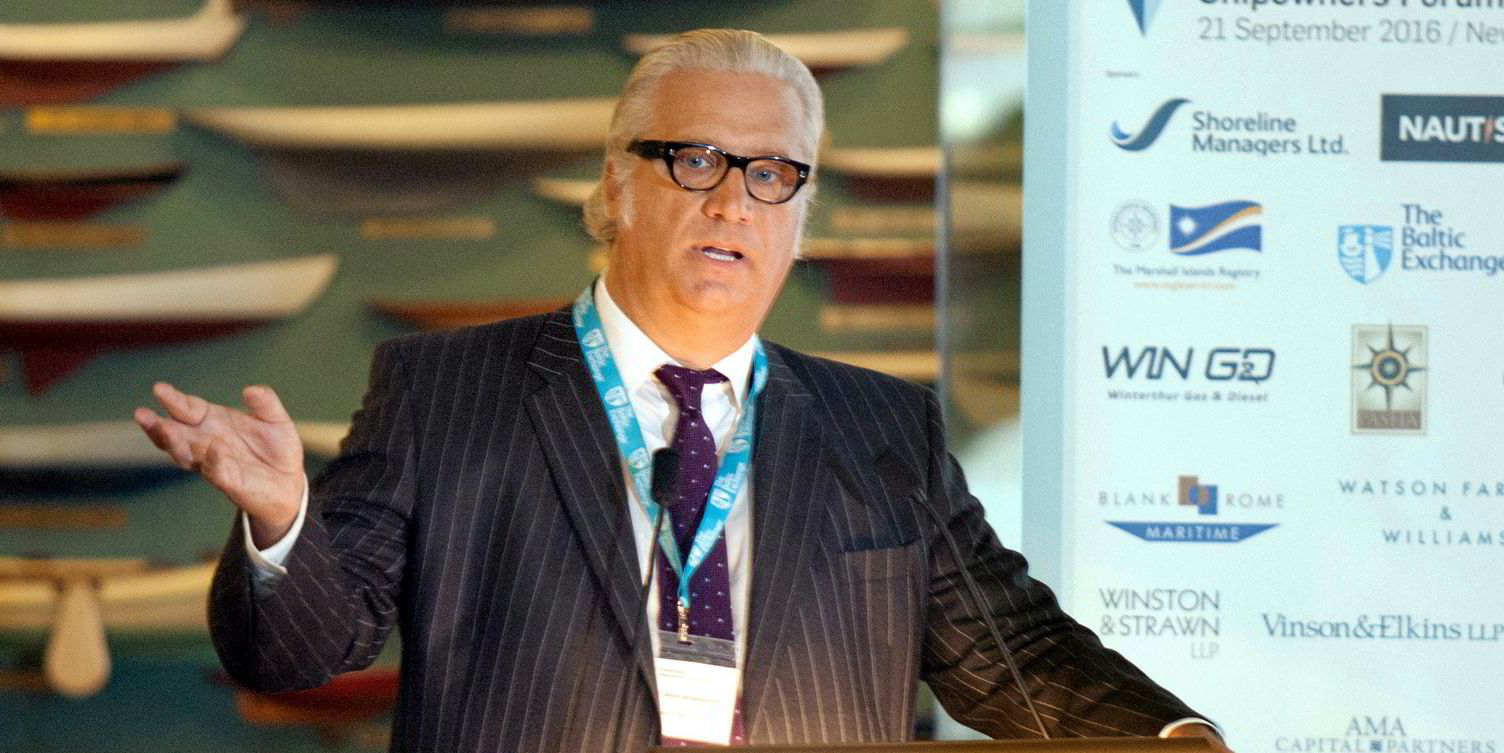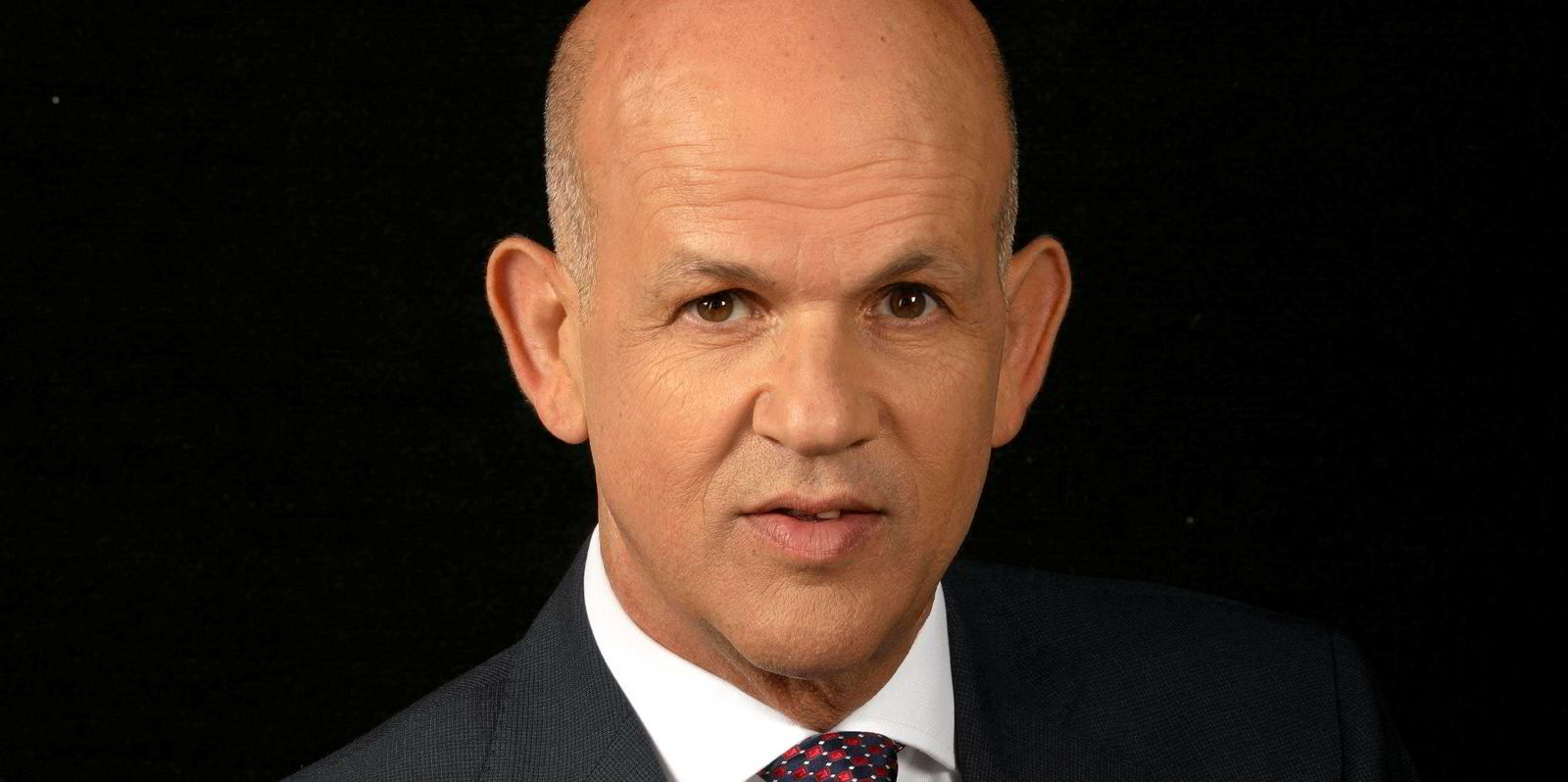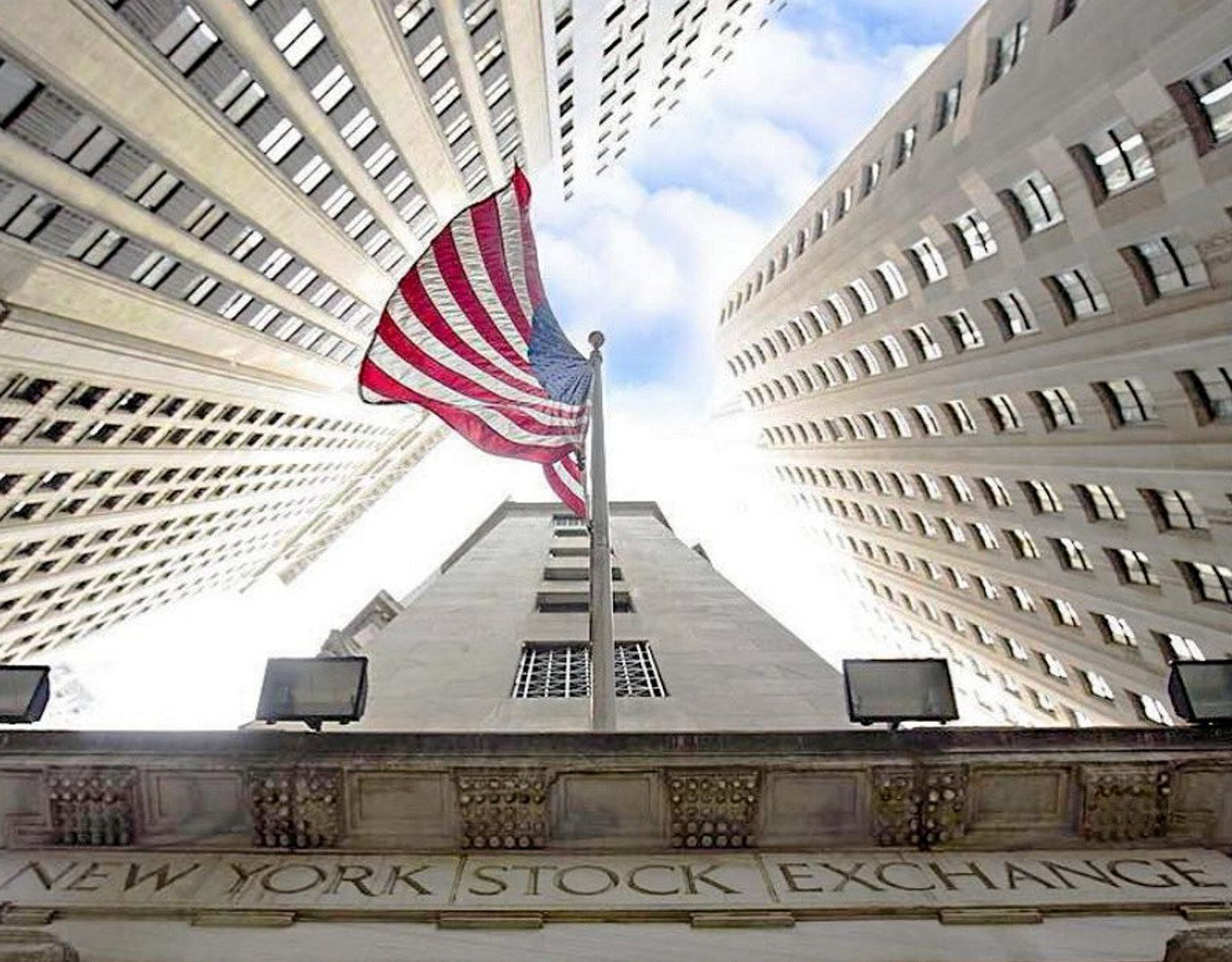An Israeli containership operator is daring to attempt what no mainstream shipowner has done in the US in more than five years – successfully sell an initial public offering.
Qualities unique to the Zim Integrated Shipping Services offering present a plausible argument that it could end shipping’s slump, sources familiar with the deal told TradeWinds.
These include momentum from a red-hot containership market, a business model that relies on chartering rather than owning ships, the scale of a multi-billion dollar company and a novel place as a US-listed liner operator.
Yet those same qualities make it unlikely that a successful flotation by the Zim will lead a parade of other shipowners to the long-dormant New York market in 2021, they said.
No mainstream owner has completed a conventional IPO since tanker owner Gener8 Maritime, led by principal Peter Georgiopoulos, barely eked out a flotation in June 2015.
“There just hasn’t been an investor appetite for shipping IPOs,” said one person familiar with the Zim effort.
“Any deal that followed a spark up in earnings was usually just a catch-up from a terrible quarter, or at least no one believed in any long-term sustainability of the earnings.”
Zim could be different, at least in the estimation of those familiar with the deal.
In its filing with US securities regulators on New Year’s Eve, Zim comes to market after a sustained second-half 2020 rally for containership rates.
According to figures from investment bank Jefferies, containership owners were the only operating sector among the 30 US-listed shipowners under its coverage to gain share value in 2020, rising 26%.
“You obviously have a super attractive industry backdrop from containers,” said one finance source.
“You could probably argue how long you think it will last. But it definitely seems to have legs at the moment. Maybe the whole pandemic has changed customer behaviour and people will keep spending more money buying goods than going to restaurants.”
A second source also stressed the point: “Now are liner rates going to stay where they are right now for another five years? Of course not. But they can fall off and still be at attractive levels.”


The second selling point is found in words peppered through the deal prospectus: “asset light model.”
Zim is stressing just how little steel it actually owns: one ship against 69 vessels chartered in.
This makes for a less volatile business model, according to the finance sources.
“They don’t own their ships or a majority of their containers – it’s less of a ‘boom or bust’ story than other shipowners who have come to market,” said one source.
“As the charter-in market goes up, so do your hire rates, and vice versa. You don’t have as much volatility in your margins as there’s a natural hedge built into the model.”
Further selling points are scale and novelty.
Zim is believed to be valuing the company at some $1.5bn. A placeholder target of $100m had been placed on the IPO, with no number of shares or target price yet established.
However, it is thought Zim would want at least 20% of all shares to float publicly, which implies an IPO target or at least $300m. This could extend to $500m, some suggest.
“There aren’t that many shipowners with a market capitalisation above $1bn. This is more attractive to investors than trying to float a $250m market cap company,” one finance man said.
There is also no similar company already listed in the US. The only other liner operator is Hawaii’s Matson, which with its focus on protected US trades is viewed as not comparable to Zim, the 10th-largest global operator.
The other listed containership owners – Atlas Corp, Costamare and Danaos Corp – are all tonnage providers or lessors to owners such as Zim.
“It gives investors a new play on that market. That distinguishes it from an owner of capesize bulkers, for example. Why am I buying that capesize company at NAV when I can buy an existing listing like Genco [Shipping & Trading] at 70% of NAV?” said one source.
“I’m optimistic this one could get done. At least I think it has a proper chance.”





